Spanning an area larger than Switzerland, Wrangell-St. Elias National Park is filled with rugged beauty and adventure around every bend. From icy glaciers to volcanic peaks reaching over 18,000 feet, this Alaskan wilderness is a place to feel alive.
If you love hiking, viewing wildlife, exploring historic sites, or simply marveling at nature’s grandeur, Wrangell-St. Elias invites you into 13 million acres of paradise.
Let’s take a quick tour of the top sights and activities that make this park an explorer’s dream come true.
Best Sights and Activities at Wrangell-St. Elias National Park
With over 13 million acres of rugged Alaskan wilderness to explore, Wrangell-St. Elias National Park offers endless adventures for outdoor enthusiasts and nature lovers.
From historic sites like the Kennecott Mines to scenic drives along roads less traveled, here are 5 of the best sights and activities to enjoy in America’s largest national park.
1. Visitor Centers & Ranger Stations
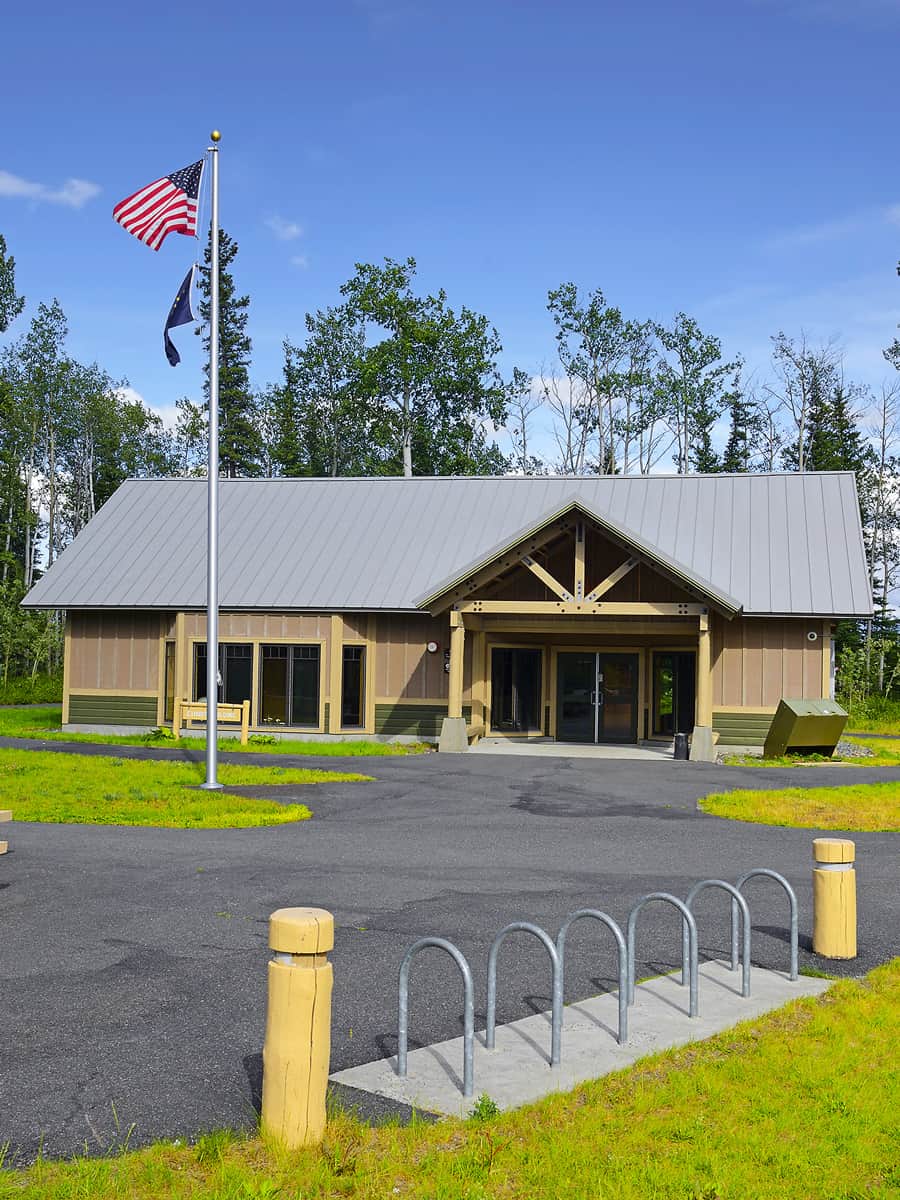
The park's visitor centers and ranger stations in Copper Center, Kennecott, Slana, Chitina, and Yakutat serve as essential hubs for information. Each location offers unique insights into the park's rich history, geology, and wildlife.
Copper Center, the main visitor center, features comprehensive exhibits and an introductory film, providing a perfect starting point for your exploration.
Kennecott's center focuses on mining history, while Yakutat offers information on coastal and marine resources, making each visit distinct and enlightening.
2. Kennecott Mines National Historic Landmark and McCarthy Road
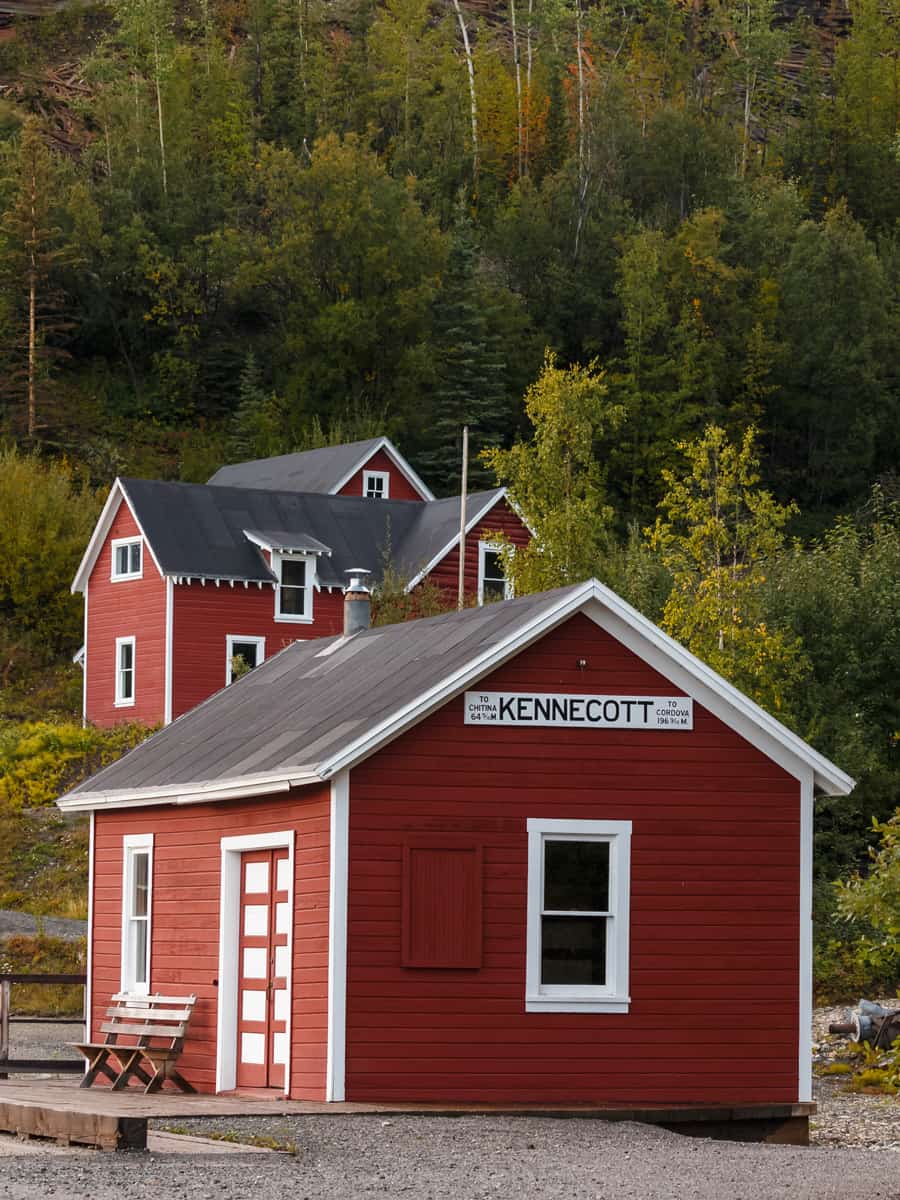
Explore Alaska's mining heritage at the Kennecott Mines, where early 20th-century buildings and artifacts bring the copper mining era to life.
Guided tours offer a deep dive into the site's history and role in the region's development. The journey along McCarthy Road to reach Kennecott is an adventure in itself, showcasing stunning landscapes and offering glimpses of local wildlife.
3. Nabesna Road
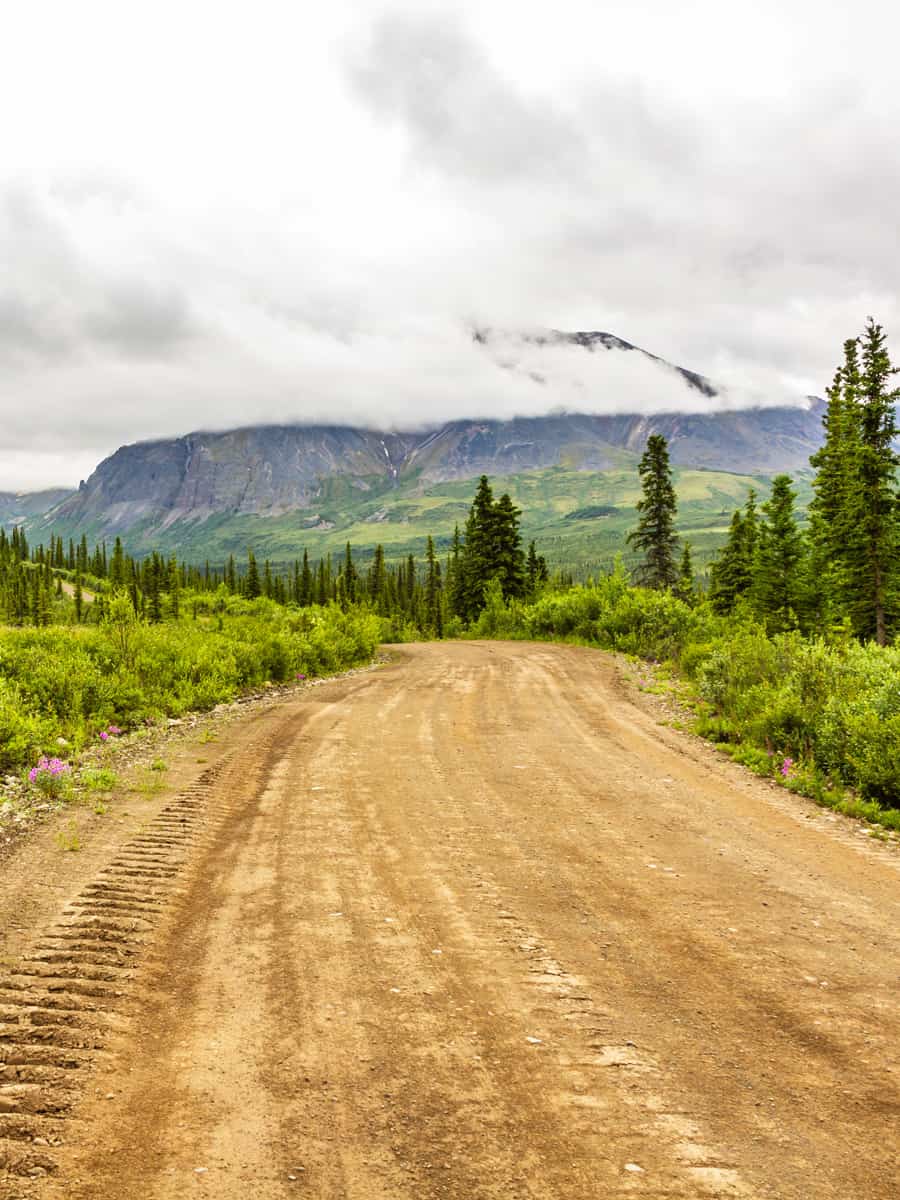
For those seeking solitude and scenic beauty, Nabesna Road provides a less-traveled path into the park's heart. This route offers access to hiking trails, fishing spots, and panoramic views, with opportunities to spot wildlife in their natural habitats.
It's an ideal choice for visitors looking to escape the crowds and experience the tranquility of the Alaskan wilderness.
4. Volcanoes & Glaciers
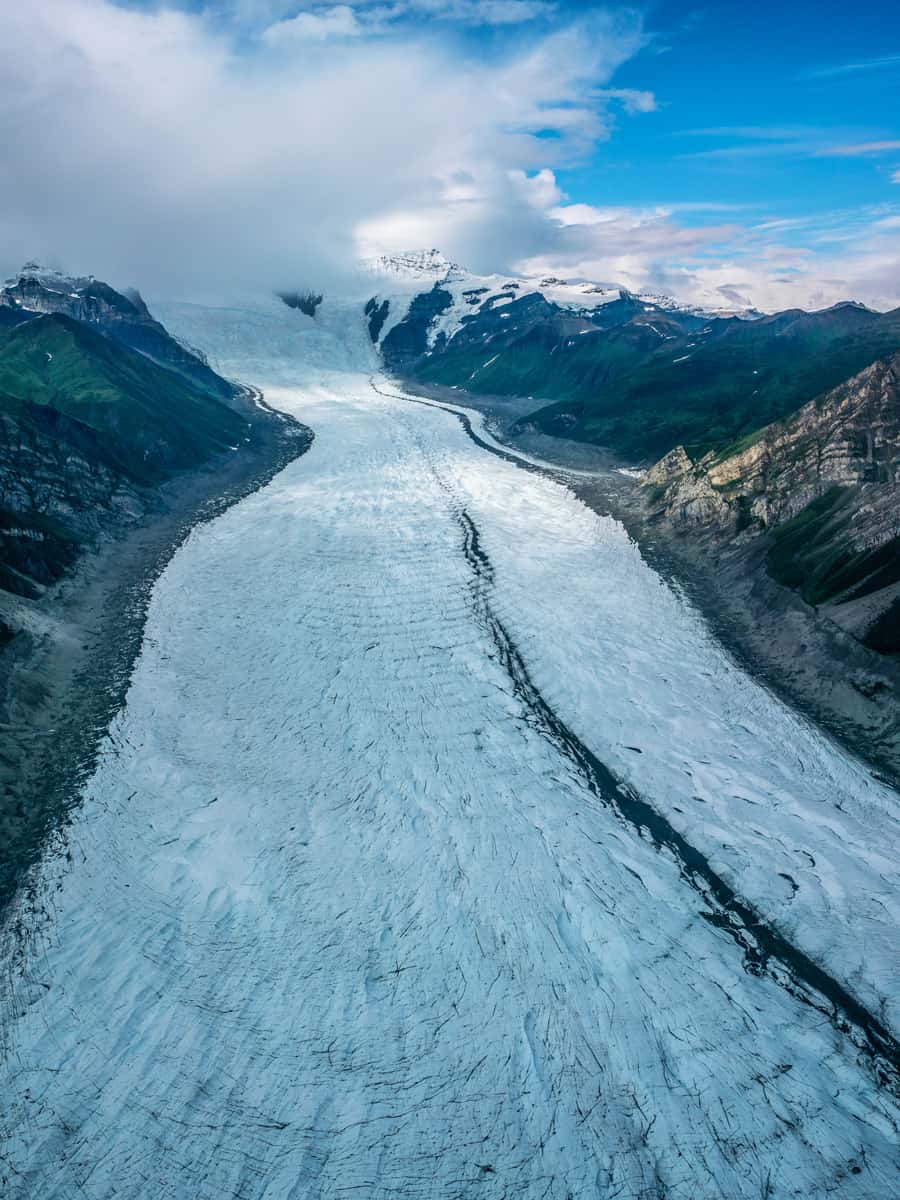
Wrangell-St. Elias's landscape is dominated by dramatic volcanic peaks and extensive glaciers. The park includes Mount Wrangell, one of North America's largest active volcanoes, and the Bagley Icefield, among the continent's vastest ice fields.
You can embark on guided tours to explore these icy giants or take scenic flights for a bird's-eye view of the breathtaking terrain. If you're a fan of glacier adventures, check out our guide on Glacier National Park: Glacier National Park Itinerary for 3 Days
5. Nature & Wildlife
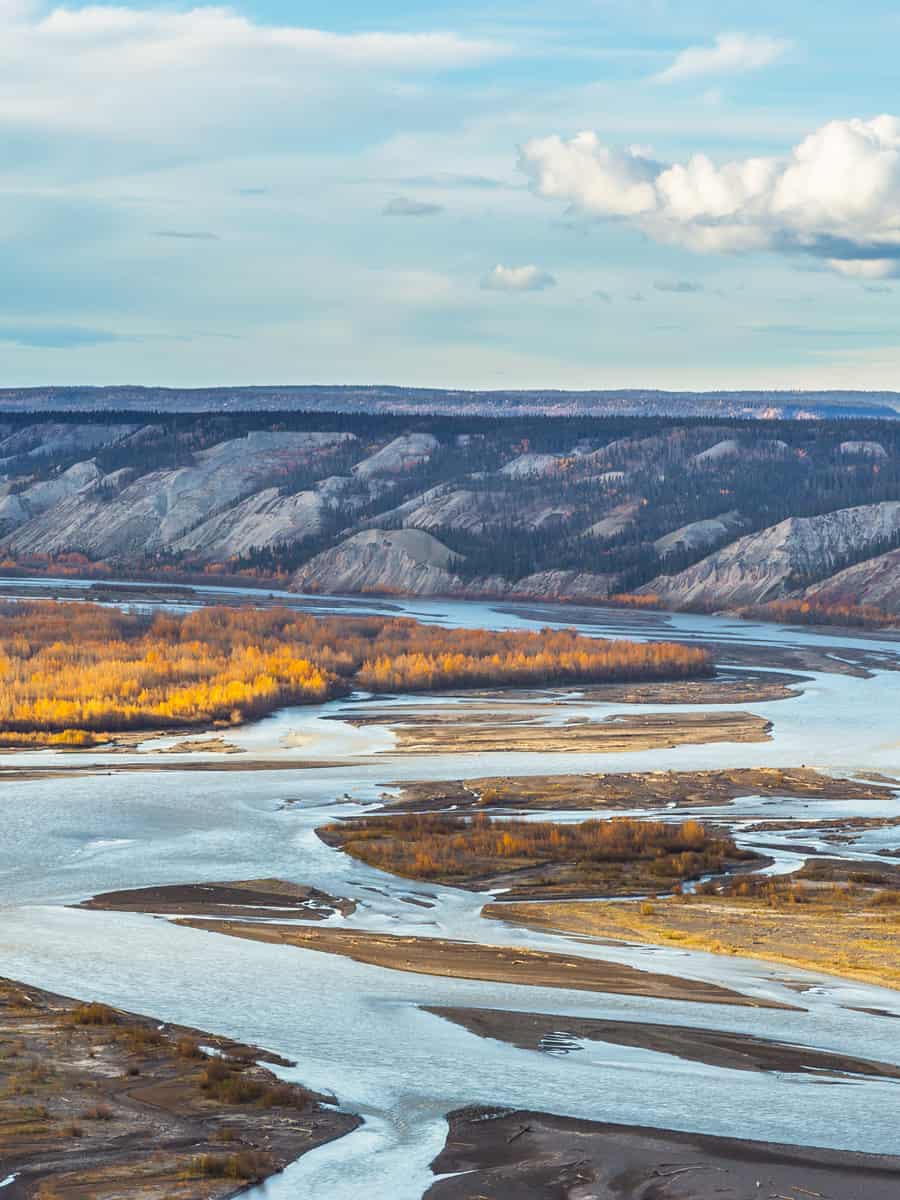
This park is a sanctuary for diverse wildlife, offering habitats from lush rainforests to barren tundra. Areas like the Copper River Basin are ideal for spotting Dall sheep and mountain goats, while the park's rivers and lakes attract caribou and a variety of bird species.
The unique geological formations, including four major mountain ranges, provide a stunning backdrop for wildlife viewing and photography.
For more detailed information and to plan your visit, refer to the official National Park Service website for Wrangell-St. Elias National Park & Preserve.
Don't Miss These Hikes and Trails
With such a huge area, hiking options range from easy walks to challenging backcountry treks. Trails here offer unique opportunities to explore the wilderness, with each path promising stunning views and experiences.
1. Root Glacier Trail
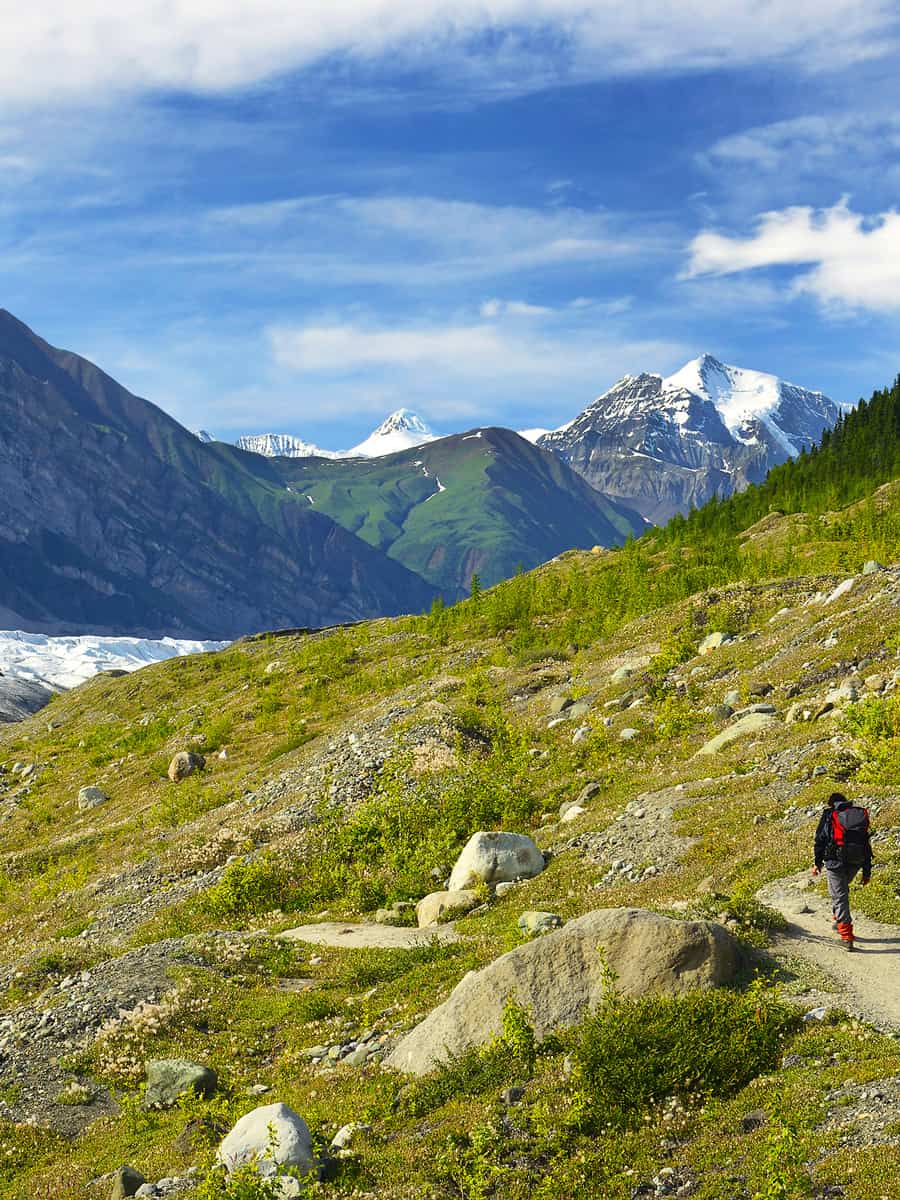
The Root Glacier Trail spans 4 miles and offers a moderate hike that brings you up close to the stunning Root Glacier. As you trek through the historic mining town of Kennecott, you'll soak in the area's intriguing history and glaciers.
Most hikers with good boots can tackle this trail, and for those eager to explore the glacier's surface, crampons can be rented in Kennecott.
2. Bonanza Mine Trail
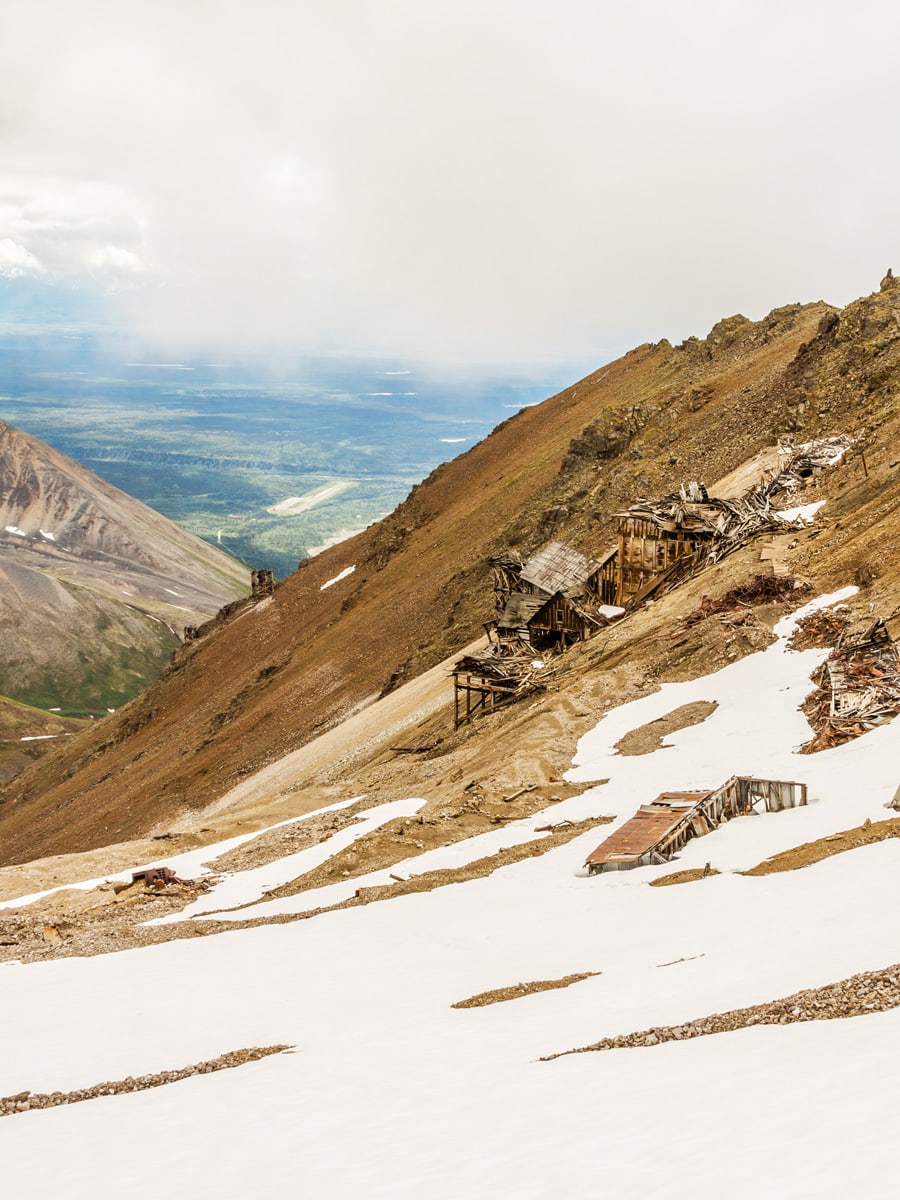
For those seeking a more challenging adventure, the Bonanza Mine Trail is an 8-mile round trip that climbs steeply to the historic Bonanza copper mine.
Your efforts will be rewarded with panoramic views of the Chugach and Wrangell Mountains, offering the perfect blend of natural beauty and historical intrigue.
This trail is recommended for experienced hikers, so have sturdy boots, plenty of water, and the determination to conquer its demanding ascent.
3. McCarthy Creek Trail
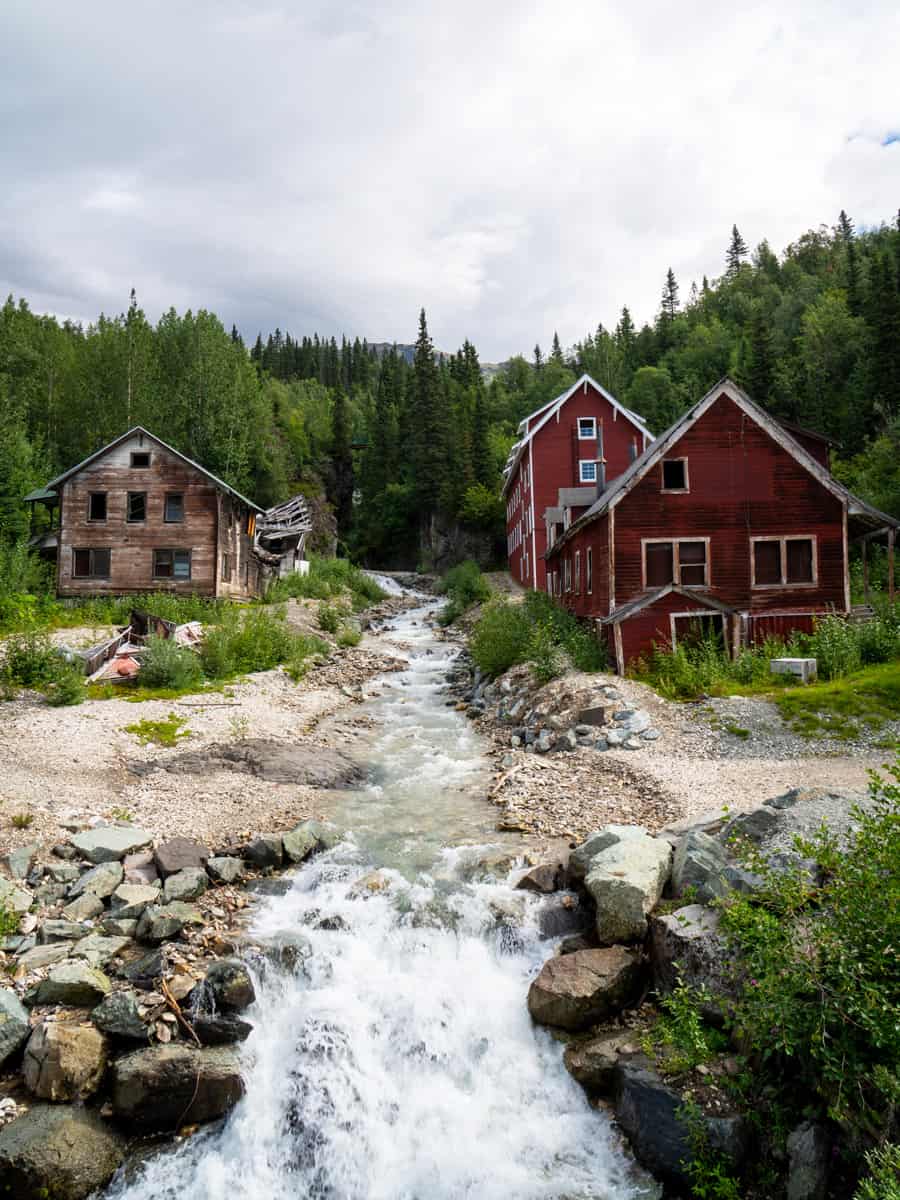
The McCarthy Creek Trail is a family-friendly option, stretching up to 3 miles one way, and is ideal for those looking for a gentler exploration of Wrangell-St. Elias.
As you wander along the scenic McCarthy Creek, surrounded by picturesque landscapes, you might even catch glimpses of local wildlife.
With its relatively gentle grade, this trail is perfect for a leisurely day hike, allowing visitors to savor the park’s serenity without the challenges of a steep climb
4. Skolai Pass
Skolai Pass presents a challenging yet rewarding adventure, primarily accessible by small aircraft.
This high alpine pass offers unparalleled views of meadows, rugged peaks, and glaciers, making it a prime destination for backcountry camping, photography, and wildlife observation.
Hikers aiming for Skolai Pass should be well-prepared for self-sufficient backcountry travel and equipped with the necessary gear and knowledge to navigate this breathtaking, remote landscape.
Getting to Wrangell-St. Elias National Park
There are various ways to reach the park, so read carefully. To access Wrangell-St. Elias National Park, begin by reviewing the park's information resources, such as the park newspaper and trip-planning visitor guide, known as K'elt'aeni.
The primary visitor center, Wrangell-St. Elias Visitor Center, at mile marker 106.8 on Richardson Highway (Hwy 4), is 10 miles south of Glennallen, Alaska.
3 Access Roads
The park has two main access roads, Nabesna Road and McCarthy Road, both unpaved and maintained by the State of Alaska:
1. Nabesna Road
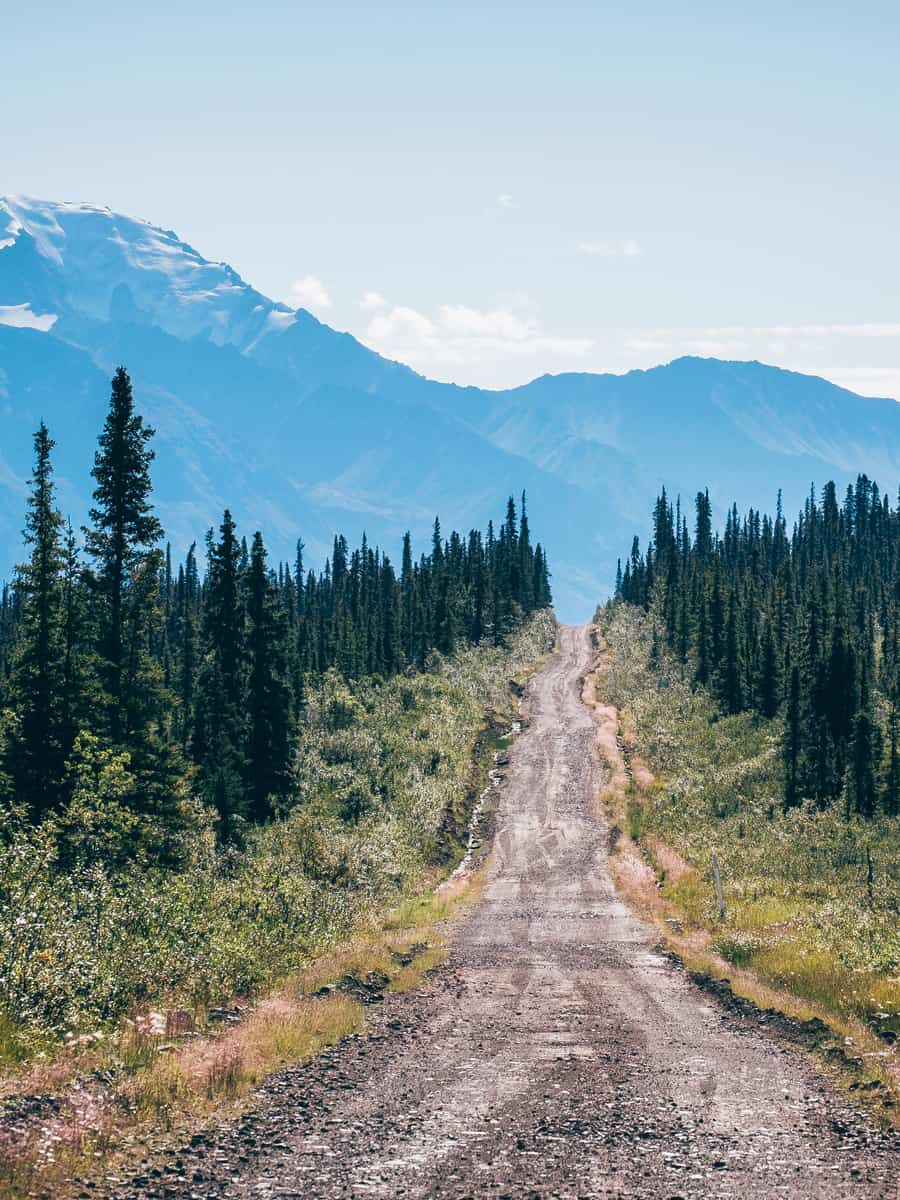
The Nabesna District, located in the park's northern part near Slana, AK, is accessible via the 42-mile Nabesna Road, which features stream crossings. While typically suitable for 2-wheel drive vehicles, it may require 4-wheel drive in rainy conditions.
2. McCarthy Road
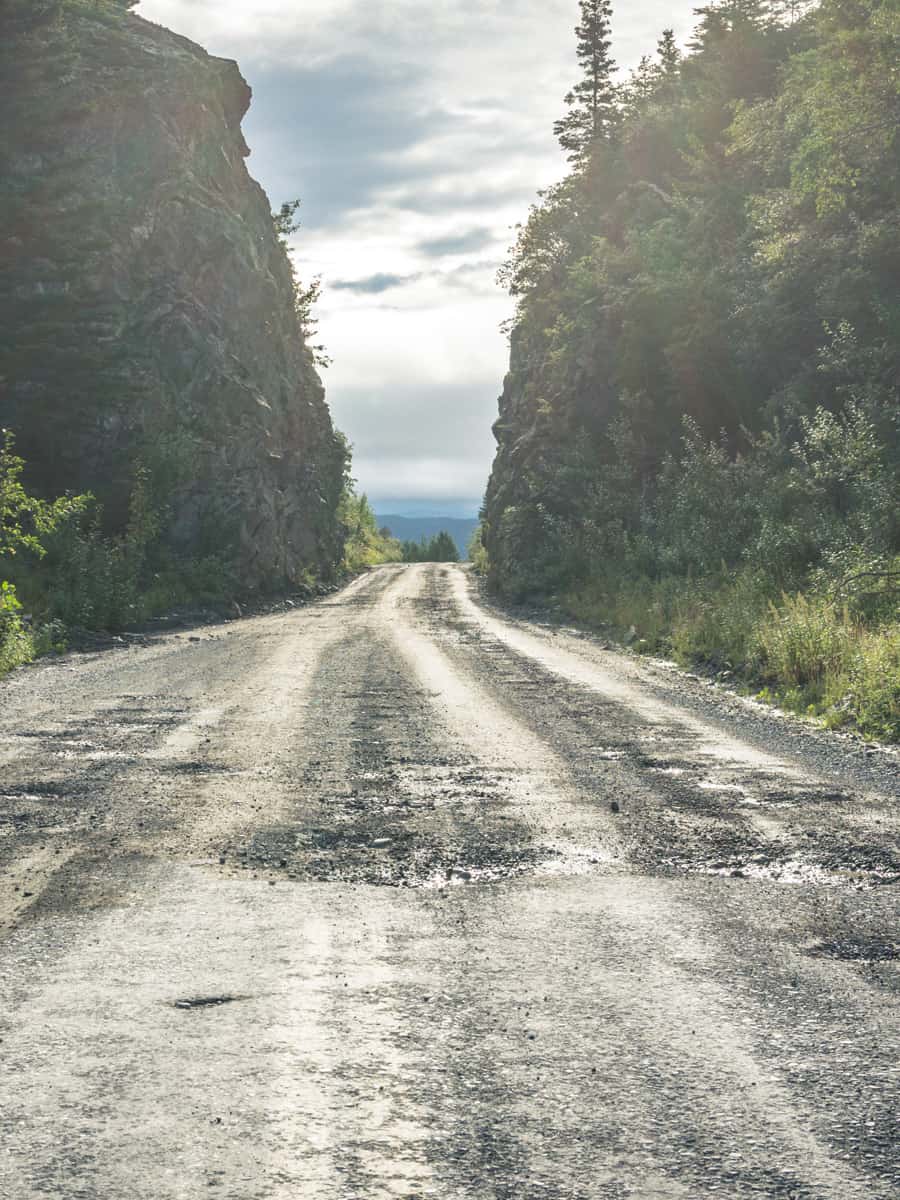
The Kennecott District, located in the southern part near Chitina, AK, can be reached via the 59-mile McCarthy Road, which is generally passable with 2-wheel drive vehicles, though caution is necessary due to road conditions.
3. Yakutat District
The Yakutat District, situated along the park's coastline, cannot be reached by car; boat or airplane are the only options. Inside the park, there are no fuel options, so ensure your vehicle has a full tank before embarking on trips to Nabesna or McCarthy.
Check the State of Alaska 511 Road Traveler Information website for the latest road conditions and closures before your journey.
Getting to Kennecott Mines National Historic Landmark
For those aiming to visit Kennecott Mines National Historic Landmark, plan for a 7-8 hour drive from Anchorage.
Start by heading east on Glenn Highway (Hwy 1), then proceed south on Richardson Highway (Hwy 4), and east on Edgerton Highway (Hwy 10) before continuing on the narrow 59-mile gravel McCarthy Road.
Parking and Shuttle Service
Vehicle access to Kennecott Mill town is unavailable, and visitors must park their vehicles at the Kennicott River bridge. During the summer, a private shuttle service is available for a fee to transport visitors between McCarthy and Kennecott.
In the winter, access to Kennecott is limited to hiking or skiing the 5-mile from the end of McCarthy Road, as the shuttle does not operate during this season.
Rental Cars
It's essential to note that most rental car companies do not permit their vehicles on McCarthy Road, so be sure to check with your rental company's regulations.
The National Park Service does not own McCarthy Road — the State of Alaska operates it. Alternative transportation options include private shuttle services or private flights.
Getting to the Yakutat Coastal Area
To reach the Yakutat coastal area of the park, keep in mind that Yakutat is located in the far southern portion along the coastline. The only means of reaching this area is by boat or airplane, as no roads are leading there.
If you intend to bring a car to Yakutat, it must be transported on a ferry. Various options are available for visitors interested in visiting Yakutat, including regular flights by Alaska Airlines and other flight companies.
There are also ferry stops through the Alaska Marine Highway System and cruise ship itineraries that pass along the southern coastline of Wrangell-St. Elias. You can see Mt. St. Elias and the Hubbard Glacier, which are located within the park.
Best Time to Visit
The best time to visit Wrangell-St. Elias National Park is from the middle of May to the middle of September.
Winter weather starts early in interior Alaska and by the end of September, services and facilities in the region are reduced. Typically there is a snow cover by the close of September.
As Always — Safety First
Leaving a detailed trip itinerary with a friend or family member is crucial, including information about your gear's colors, as it can aid in search and rescue efforts if you become overdue.
Alaska's wilderness presents unique challenges, such as wildlife encounters, river crossings, extreme weather, and aviation safety concerns. Educate yourself on these topics before embarking on your journey.
Wrangell-St. Elias, part of a vast mountain wilderness shared with other national parks, is particularly remote and lacks typical safety infrastructure. Visitors must be well-prepared, experienced in extreme wilderness travel, and equipped with emergency supplies.
Before heading into the backcountry, filling out a Backcountry Trip Itinerary form is recommended, and leaving your route and expected return time with someone is crucial.
Call 911 if you have reception; otherwise, be prepared for self-rescue. Specific contact numbers are available to report missing persons or request assistance from the National Park Service in Alaska.
Visitors are also encouraged to report any suspicious activity to protect these treasured national park sites. To be more well-equipped on your overall Alaskan travel, check out our guide: 25 Alaska Travel Tips That Will Make Your Trip a Success
Accessibility at Wrangell-St. Elias National Park and Preserve
The park accommodates guests with disabilities to make their visit more enjoyable and accessible. The main visitor center offers wheelchair accessibility, paved walkways, accessible restrooms, and interpretive programs along a scenic trail.
Kennecott, a historic site within the park, is gradually improving accessibility during renovations, with some areas already wheelchair-friendly. However, not all buildings meet ADA standards due to its rugged nature.
Park Access and Regulations
Wrangell-St. Elias National Park & Preserve encompasses over 13 million acres, with approximately 1 million acres being non-federal lands owned by Native Corporations, private entities, and the State of Alaska.
Respect private properties, especially along McCarthy and Nabesna Roads and the east bank of the Copper River. Activities like crossing, camping, or hunting on private lands without permission constitute trespassing.
For land status within the park and preserve, consult the Land Status Map or contact Ahtna, Inc. and the Chitina Native Corporation.
Here are other vehicular park access information to consider:
1. Off-Road Vehicles (ORV) and Snowmachines
ORVs are permitted for recreational use with a permit, restricted to established trails, and not allowed in wilderness areas. For subsistence, ORVs are recommended (but not required) to stay on established trails.
Snowmachines are allowed for both recreational and subsistence use without a permit when there is adequate snow cover (approximately 12 inches) and the ground is frozen.
2. Airplanes and Helicopters
Airplane landings are permitted throughout the park and preserve for recreational purposes without a permit, regardless of wilderness designation. For subsistence hunting in preserved lands, airplanes can be used without a permit.
Yakutat residents may need a permit for aircraft access to the Malaspina Forelands for subsistence uses.
Helicopter use requires a permit for all purposes except in emergency situations such as search and rescue.
3. Motorboats
Motorboats, including airboats, are permitted in both park and preserve areas without a permit, irrespective of wilderness designation. Hovercraft are not allowed.
4. Drones (Unmanned Aircraft)
The use of unmanned aircraft, including drones, is prohibited throughout Wrangell-St. Elias National Park & Preserve. This aligns with the National Park Service's regulations to protect wildlife and visitor privacy.
Explore Your Way, At Your Own Pace
With over 13 million acres of rugged Alaskan wilderness to explore, Wrangell-St. Elias offers endless opportunities for adventure and discovery.
Start small, and don't overextend yourself. Consult park rangers to find trails matched to your ability. Build endurance and skills over multiple visits before tackling extreme challenges. Trekking poles are great stability aids.
Most importantly, come prepared. Check forecasts and road conditions, pack proper gear, and understand basic wilderness safety. Getting stranded here is extremely dangerous, so build in buffers and backups.
Adventure awaits!
